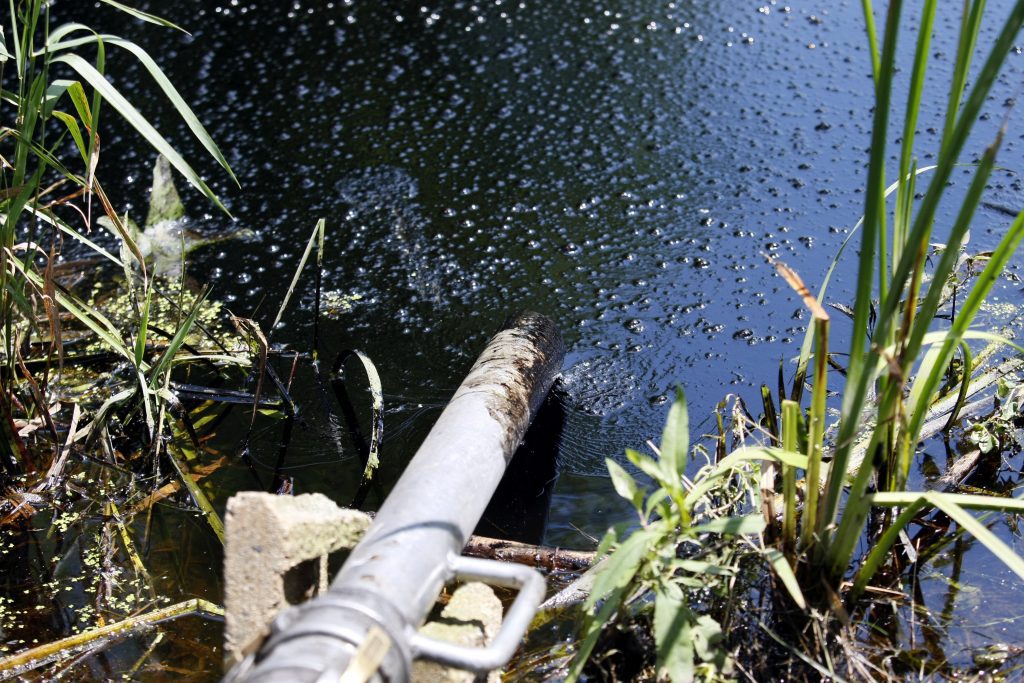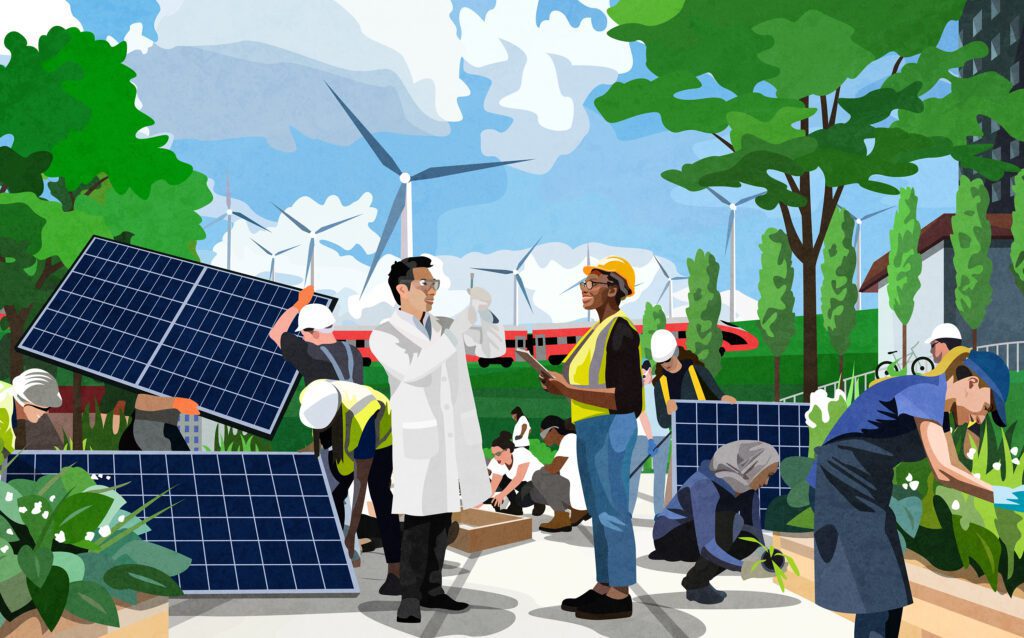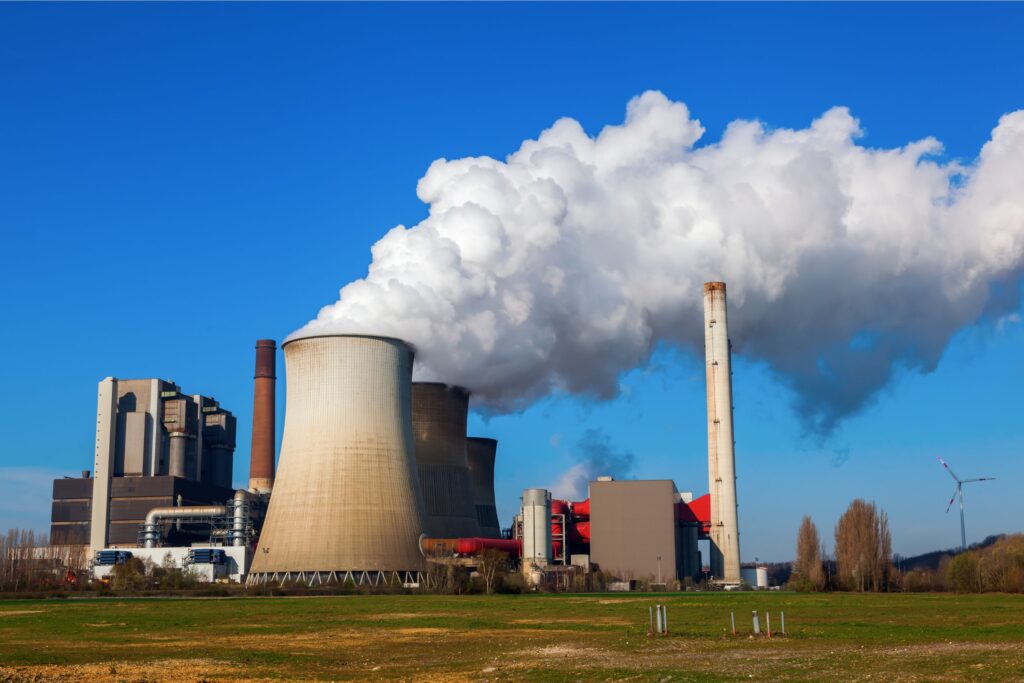

The Energy East panel sessions for approved intervenors and First Nations come in the wake of last month’s Husky oil spill that sent up to 250,000 litres of heavy crude oil 500 km down the North Saskatchewan River and polluted the drinking water supplies of 70,000 people. An Energy East spill could have similar impacts for New Brunswick residents, as recent research shows.
Our report, Energy East: A Threat to our Drinking Water, details how the proposed pipeline risks a spill in the numerous lakes, rivers and groundwater sources that supply the drinking water of over 130,000 New Brunswickers, including those in two of the province’s largest cities, Fredericton and Saint John.


Near Fredericton, Energy East would traverse Cross Creek and other Nashwaak River tributaries upstream of the city of over 56,000. The Nashwaak River converges with the Saint John River at Fredericton, where the city’s source water protection area would be vulnerable to oil running downstream in the event of a spill.
In Saint John, Energy East would run around the outer edge of the protected Loch Lomond watershed, at a distance of only 3 km. The impact of a spill could be severe, as 45,000 residents (65 per cent of the city’s population) depend on drinking water from the Loch Lomond watershed. The pipeline would also run less than 3 km from Saint John’s municipal drinking water intake at Latimore Lake.


Between New Brunswick’s two largest cities alone, Energy East would put the drinking water of 100,000 people at risk. In addition, the Energy East pipeline would run parallel to the Saint John River and cross a number of key tributaries. This is troubling, as the Saint John River replenishes municipal wells that many other New Brunswick communities like Edmundston rely on for their drinking water.
New Brunswick also faces a unique threat from Energy East because the pipeline’s proposed export terminal would be located in Saint John, on the Bay of Fundy. As up to 90 per cent of Energy East’s oil would be for export, oil tanker traffic in the Bay of Fundy would increase by 300 per cent . The tankers would pose a massive threat to Fundy’s sensitive ecosystem, including its endangered whales like the North Atlantic Right Whale and the Fin Whale. A spill would permanently harm fish, lobster, and scallop populations in the Bay, which 5,000 New Brunswick fishermen and their families rely on. Even worse, an oil spill would harm New Brunswick’s flourishing tourism industry that provides 10 per cent of the province’s jobs.
New Brunswickers are being asked to swallow all these Energy East risks for miniscule economic benefits. TransCanada’s own projections show that the pipeline would create just 132 long-term direct jobs in the province as very little of Energy East’s oil would be refined in New Brunswick.
Energy East would be a bad deal for New Brunswick. If built, the tar sands pipeline would put the drinking water of over 130,000 of its residents at risk, threaten the iconic Bay of Fundy, and jeopardize the livelihood of thousands of New Brunswickers.
Join the growing opposition to Energy East. Tell our elected federal officials to reject the risky Energy East pipeline proposal.







